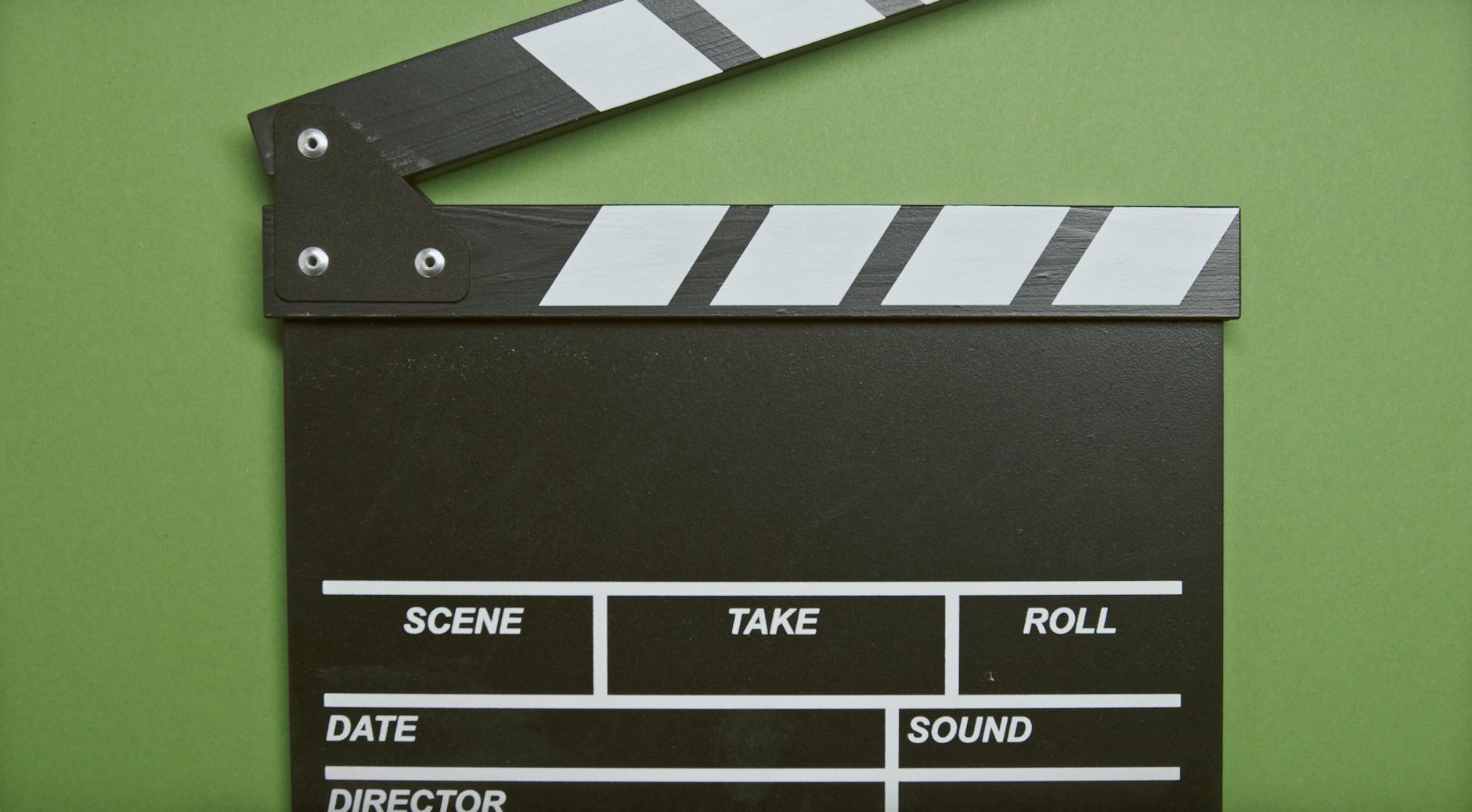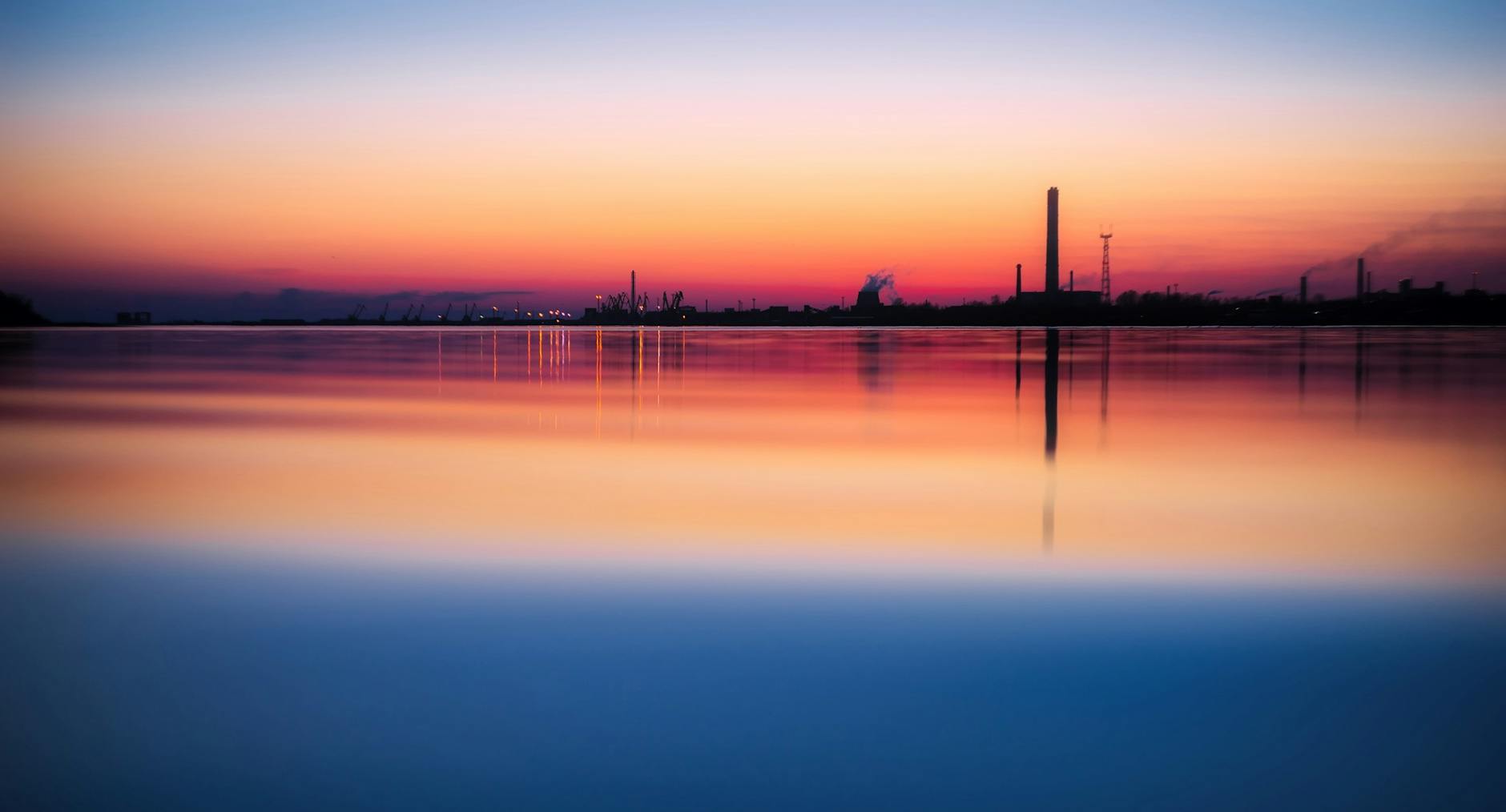Well as we talked about elsewhere (themarketingplaybook.com), we’ve seen lots of shifts at the low end of the camera business. Right now there is a big splintering as the dominant vendors (Nikon and Canon) try to protect their business while Sony and Sumsung try to grow and Olympus, Panasonic and Fuji see this as an opportunity to change their share positions.
The latest salvo is Canon going “retro” by shrinking the “traditional” dSLR, that is the one with the optical viewfinder and mirror, so that you can still use the existing lenses. It’s an intriguing idea for those of us who still have the big dSLR and don’t really want to swap our lenses quite yet until the lense wars are clear. (See below).
If I had to make a recommendation right now for an ultra lightweight camera system, it would actually be to really learn how to use the cameras in Camera phones. The tools are incredible. There is HDR+, there is Camera+ to name too, not to mention 360 Panorama. All are super useful tools. But if you want a high resolution, high quality lense system that is fast, then the choices splinter. Here are my recommendations in order as of now (if you can’t wait):
- Micro-4/3. This is a half APS-C sized system and it is the most mature by far in terms of lenses. They have the 70-200 F/2.8 equivalent and it is much smaller. The main tradeoffs are that Olympus (EM-MD5) and Panasonic are smaller vendors and technically speaking, the sensor is smaller than an APS-C sized one, although in practice, the performance has been excellent.
- Sony NEX. Sony has really been working hard and the lense set isn’t nearly complete, but it is Sony and they also use the same E-mount for their professional camcorders, so it would see that the lense system will live a long time. The main drawback is that they don’t have really fast zoom lenses out yet and their user interface is complicated out of the box (you have to reprogram the thing). Their RX100 is probably the best of the point-and-shoots right now as another example of where they have been excelling.
- Fuji. Their sensor is made just by them and it has incredible low light performance. The JPEGs work right out of the box. The main issues are they are going it alone with their lense mount and while they have fast primes, they don’t have a huge range.
- Canon. Their EOS-M is really not a great camera, too slow autofocus, which is too bad, it has a nice form factor. But their new EOS 100D might be a good $600 stutter step if you already have Canon glass. Then you can see which of the systems above do really well and at the same time, you lighten your load considerably compared with a full frame 5D. It will be interesting to see how image quality works and we can all keep hoping that someone figures out how to leverage all that old Canon glass for something 🙂 If we are thinking positively, maybe they fix their EOS-M so that it is competitive.
- Nikon. They really don’t anything right now to offer (although their prosumer cameras are incredible). There is a big gap between their dSLR and their V1 and F1 point-and-shoots. Will be interesting to see how they jump now that Canon has bet on a minaturized dSLR.
Just posted: Hands-on preview of the Canon EOS 100D/SL1: Digital Photography Review
We’ve just posted a hands-on preview of the Canon EOS 100D/Rebel SL1. Distinguished by its impressively small form factor, the 100D’s 18MP CMOS sensor, 3″ touchscreen LCD and 1080p30 video resolution will be familiar to followers of the Rebel series. Canon’s hybrid phase/contrast detect AF system has been tweaked, however, to provide much greater scene coverage.





